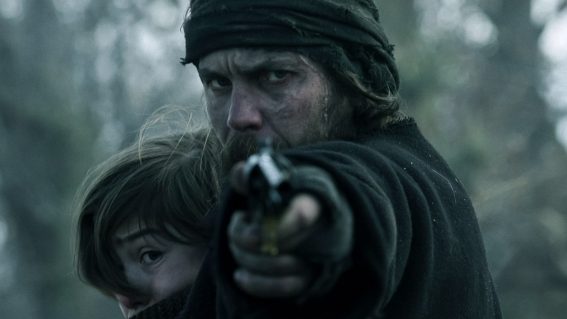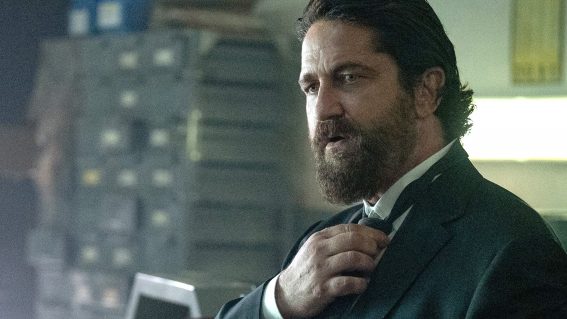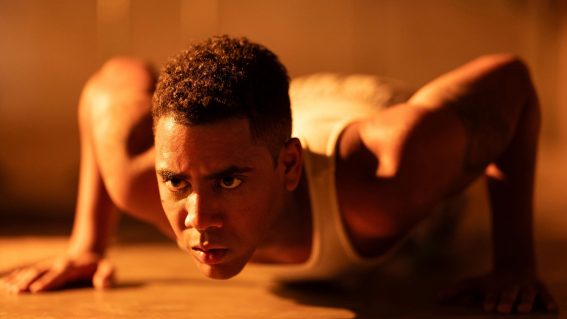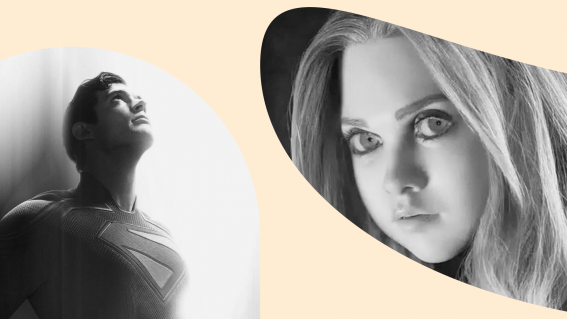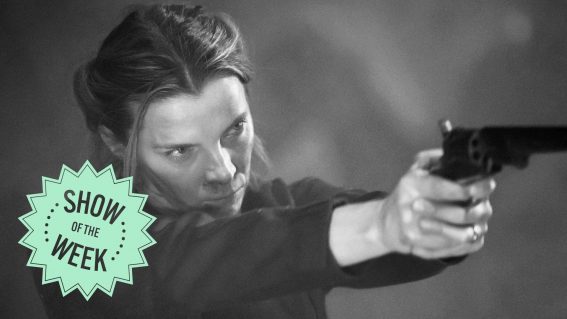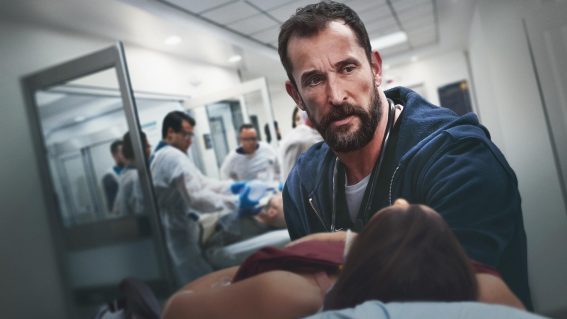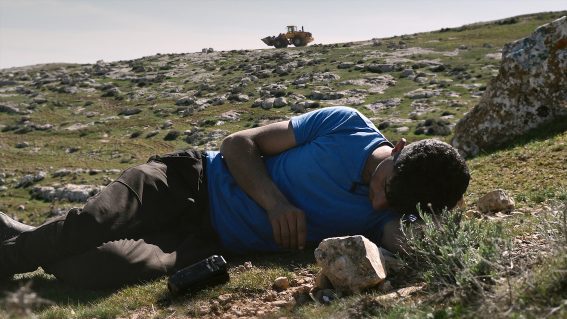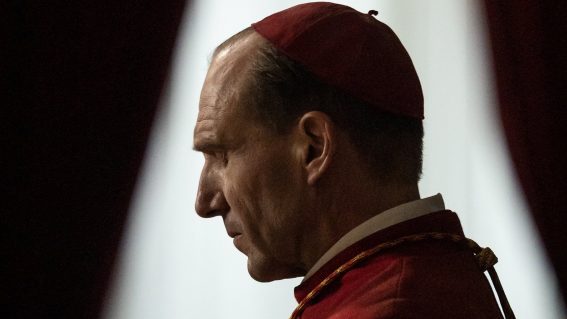A love letter to Little Rodentia, Zootopia’s metropolis for small mammals
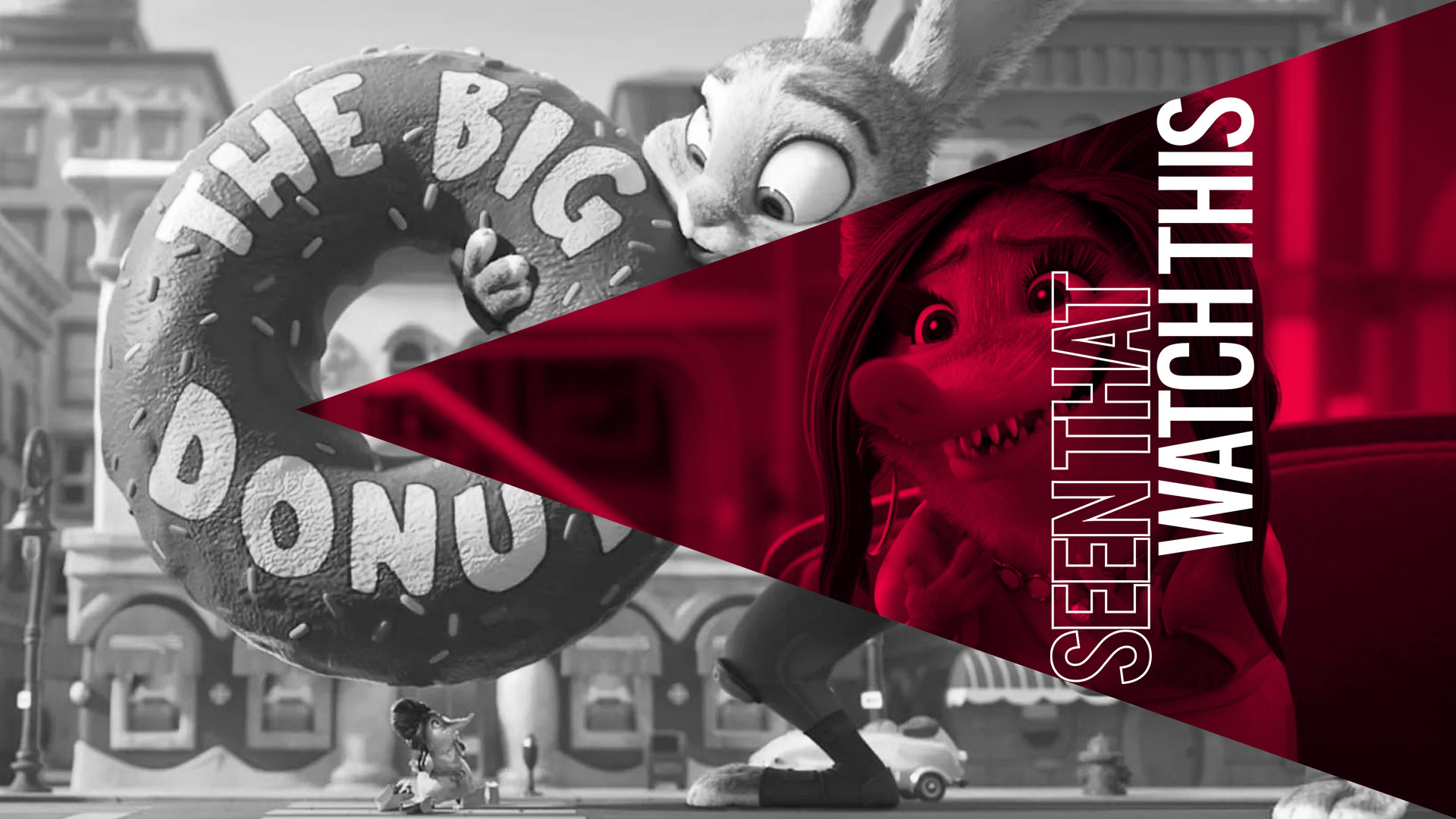
Seen That? Watch This is a weekly column from critic Luke Buckmaster, taking a new release and matching it to comparable works. This week it’s Zootopia+ and its predecessor, Zootopia, which capture a gorgeous little location called Little Rodentia.
Finally, we can see more of Little Rodentia: a place I’d love to visit if I wasn’t so damn human-sized. If you’re reading this thinking “WTF is Little Rodentia”, the words of Mr Potatohead come to mind: “you uncultured swine!” Let me start by saying that, like most people, I quite liked Disney’s 2016 film Zootopia, which followed a perky lil bunny rabbit—Judy Hopps (voice of Ginnifer Goodwin)—as she pursued her dreams of becoming a police officer and moving to the big smoke. But I loved Little Rodentia, a tiny city for small mammals located within the titular metropolis, introduced 28 minutes into the film but sadly abandoned soon later.
Until now. This week sees the arrival of Zootopia+: a six episode shortform series fleshing out the film’s world in greater detail, offering snackable impressions of the city and its populace. The first episode, which follows Judy’s parents chasing a train, is a sugar hit of animated bling, best summarised in three words: “oh look, shiny!” The second is more interesting for two reasons. One: it has a cute satirical edge, parodying the reality TV show The Real Housewives. And two: this episode—titled The Real Rodents of Little Rodentia—not only returns to the aforementioned, 21 inch tall mini-metropolis, but cleverly loops back to a key moment from the original film. Key, at least, for an arctic shrew who came close to being crushed by a giant novelty donut.
For context: this moment took place at the end of a chase scene between Judy and the career criminal Duke Weaselton (who is, of course, a weasel). Keen to cut her teeth and get cracking on important police work, Judy is instead assigned the menial tasks of a meter maid. But when an actual crime goes down near her—said weasel robbing a flora and fauna shop she’s parked outside of—Judy springs to action and follows the thief, who attempts to evade her by entering Little Rodentia. The ensuing chase culminates with the weasel kicking off a giant donut from the roof of a donut shop and hurtling it in her direction.
Judy catches the tumbling object (the size of a building in Little Rodentia) just before it crushes the aforementioned shrew: the well-dressed and finely manicured Fru Fru (voice of Leah Latham). In The Real Rodents of Little Rodentia, we learn exactly what Fru Fru was doing right before this moment: seeking retail therapy following a fight with her cousin about her upcoming wedding. After recapturing Fru Fru’s near-death experience, the show then, amusingly, cuts to her reflecting on the event for the reality TV show. “When you’re nearly crushed by a giant donut,” she says, “you get a little perspective on things.”
That word, perspective, goes to the heart of what drew me to Little Rodentia in the first place. After first watching that chase scene I spent time contemplating how two, starkly different narrative realities exist in the same physical space. One is a simple chase story involving a cop and criminal (Judy and Duke’s reality) and the other a disaster movie scenario with two Godzilla-sized monsters tramping through the city (the rodents’ reality). Size is relative, as they say, and so are narratives. Societies-within-society comparable to Little Rodentia are a fact of life: ant colonies and beehives for instance have their own customs and hierarchies. The idea of existence as a kind of matryoshka doll of worlds, each inside another, is also a popular aspect of contemporary philosophy, including and especially the simulation theory.
The appeal of diorama-esque worlds such as Little Rodentia taps into formative experiences, many of us playing with dollhouses or LEGO when we were children. Part of their appeal lies in the omnipotent sensation of creating and/or managing worlds and imagining what its inhabits might do when we’re not watching. There’s just enough visual information divulged about Little Rodentia to spur such thoughts. For instance, we catch a glimpse of the inside of a rodent’s apartment and observe their exercise machine of choice: a mousewheel (of course!). Outside, we see that transparent coloured pipes connected to different buildings provide thoroughfares. There are billboard ads for cheese-related productions. And two department stores: Targoat (parodying Target) and Mousy’s (parodying Macy’s).
It’s all very cute. But, like any metropolis, the place has dark undercurrents. Zootopia+‘s fourth episode dives into the backstory of Fru Fru’s father: a Marlon Brando Godfather-esque mafia boss named Mr. Big. Wine in hand, this widely feared shrew recounts his hard luck immigrant story, reminiscing on how he and his family traveled to Zootopia on a tyre way back when, full of high hopes, only to discover a city steeped in prejudice towards small things. So Mr. Big went on to play a pivotal role in the formation of Little Rodentia: an achievement for which we can all be grateful. Viva la Rodentia!



